Architects and designers are placing more emphasis on sustainability when it comes to building products. And they’re taking a closer look at not only the beauty and aesthetics of these products, but also the way these items, from flooring and cabinets to countertops and doors, are made, sourced, and shipped to preserve natural resources and curb carbon emissions.
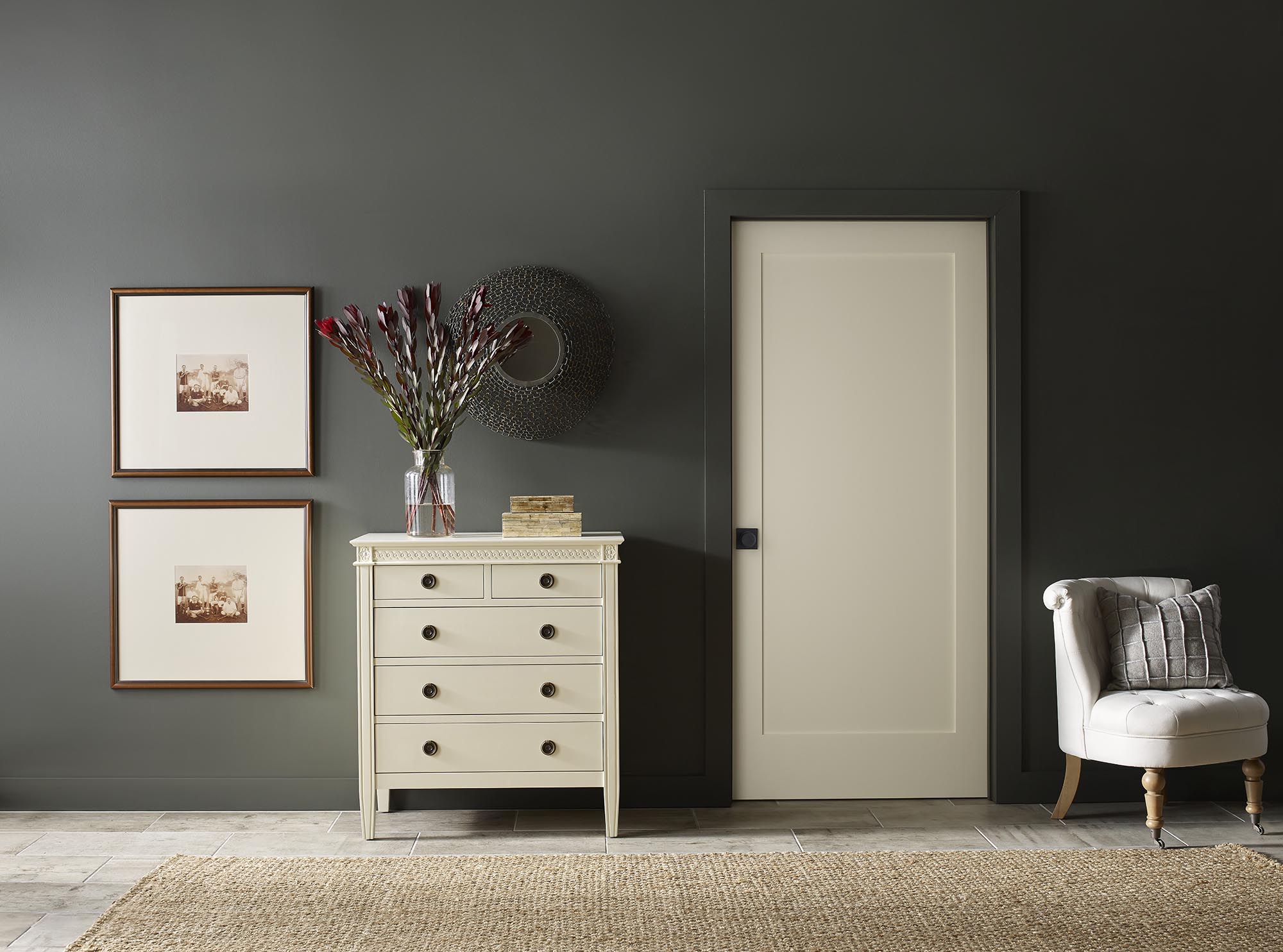
Every element in a building impacts the environment in some way, and many architects have taken it upon themselves to ensure the materials they specify have as little impact on the planet as possible. Take something as simple as an interior door, for example. If it’s made of wood or engineered wood, more architects would like to know how the wood was harvested and if the manufacturer is investing in reforestation, among other sustainable practices.
“I think that has been pushed to the forefront in a lot of designers’ minds,” says Katie Yost, architectural designer with Bassenian | Lagoni in Newport Beach, California. “As designers of the environment, we should be accountable and design responsibly.”
Here, architects and designers discuss how they’re being more mindful of the products they specify to ensure sustainability is reflected throughout a project.
Sustainability and style can co-exist
Gone are the days when designers had to choose between looks and environmentally friendly materials. More manufacturers are utilizing certified or reclaimed wood and recycled content that reduce demand on natural resources and minimize waste and emissions in products such as flooring and doors.
Not only do many of these products meet stringent standards for third-party labels that signify environmental stewardship, but they also meet designers’ discerning tastes. Even items like interior doors, a relative newcomer in the category of sustainable products, can boast styles that complement most any project while also reflecting ecological sensitivity.
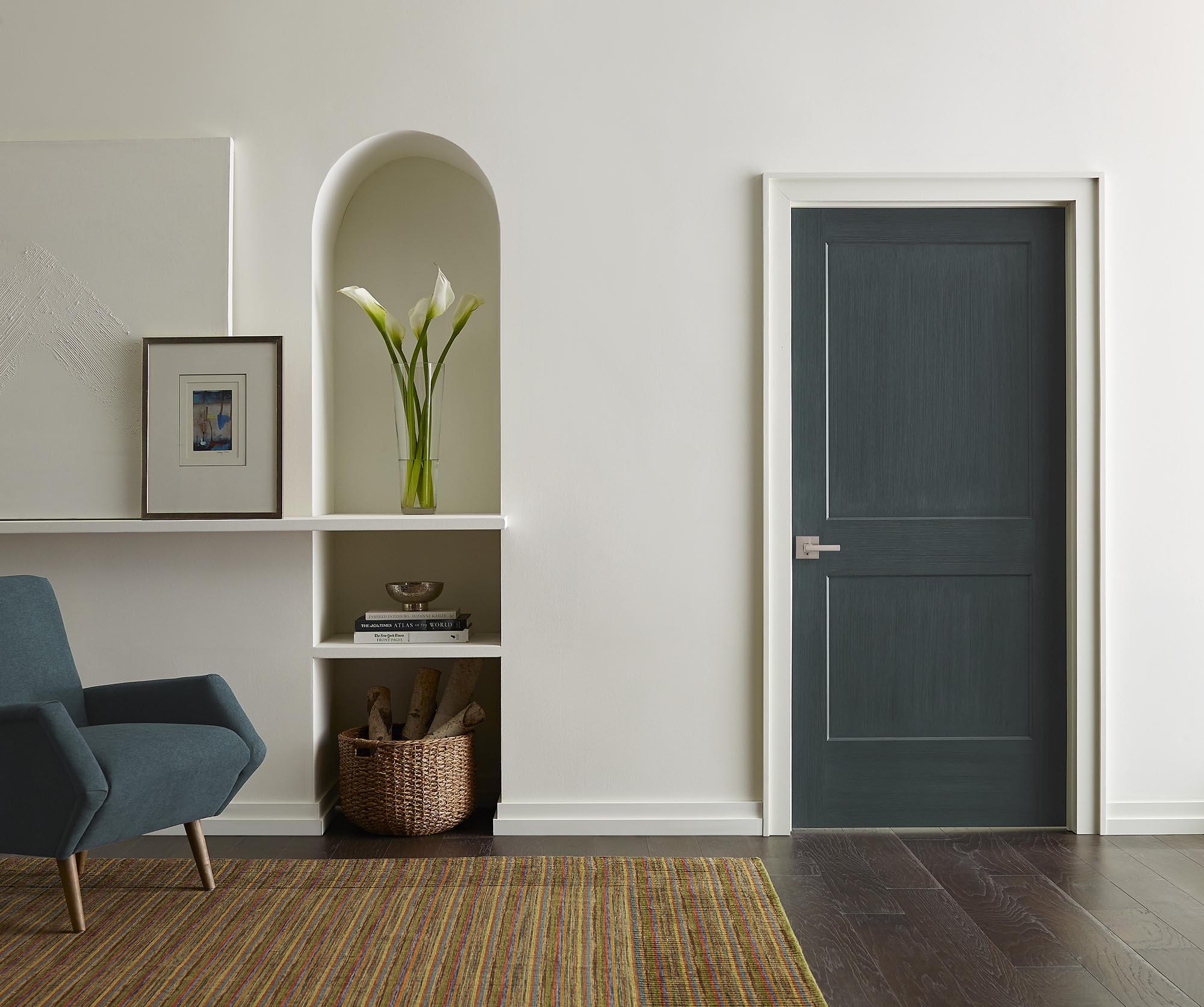
“We talk about sustainability and design separately, but they are one and the same to me,” says Charlie Hellstern, a Seattle-based interior designer. “You can’t have one without the other, so sustainability is inherently beautiful.”
Indeed, for Hellstern, sustainability isn’t a buzzword. It’s core to her practice, her way of bridging the gap between what’s manmade and what’s natural. It’s her art.
“If we imagine it as a part of creating any sort of art form, you’re combining soft with hard; you’re combining organic with [inorganic]; you’re combining light and dark. And I think that all the elements in art apply here,” she says. “It is how we determine art to be beautiful. It’s the same thing.”
For Andrew Heid, founding principal of New York City-based NO ARCHITECTURE and design critic for the Harvard University Graduate School of Design, sustainability is about preservation.
“I would say sustainability means how we can live in close proximity with one another harmoniously with nature, now and for generations to come,” he says.
Material matters
Where does the material come from? What measures are the manufacturer taking to curb emissions? Architects and designers are asking these questions and more when choosing how to outfit a building. Even a product’s packaging, an opportunity to reduce waste and shipping efficiency, is being examined.

Mariella Cruzado, interior designer with Splendor Styling in Washington, D.C., says her clients are more aware and concerned about the negative consequences of mass-produced materials, such as climate change and deforestation.
“I feel like people care more and more about that,” Cruzado says.
As a result, clients are demanding that designers be more thoughtful in their product selection.
That correlates with a recent study from the National Kitchen and Bath Association. In its 2023 Design Trends report, the majority of designers say they consider a manufacturer’s sustainability practices and that sustainability will play a large role in how kitchens and baths look, feel, and perform for years to come.
While the sustainability conversation tends to center around ENERGY STAR® certified appliances and WaterSense-labeled fixtures, designers say they’re being more cautious not to overlook non-mechanical components.
“It means putting more time into the details,” Cruzado says. “Items that are more eco-friendly, that have all these certifications, including wallpaper, carpet, drapery, furniture, all that … I think there’s a huge interest around that.”
An opportunity at the door
A standard residential interior door may only be 36 by 80 inches, but that represents a large area where designers can be more mindful of the environment.
When considering doors, it pays to take a closer look at a product’s energy performance, durability, and material makeup. Doors made of recycled materials and renewable sources, and with eco-friendly manufacturing processes, reduce the carbon footprint associated with their production.
While it’s one thing to make sustainable products, it’s quite another to make them easy to find. That’s why JELD-WEN created Second Nature™, a collection of environmentally conscious doors. Eighty percent of more of the total weight of each door comes from recycled wood fiber and/or sustainable wood fiber sourced from certified forests. An assortment of panel designs is available to complement different home styles. The line of interior doors will be available at major retailers.
“We’ve selected doors in a variety of styles and price points that demonstrate our progress toward sustainable manufacturing and circularity,” says Lindsay Tinnell, doors marketing manager at JELD-WEN, “and we’ve packaged them in a collection to provide transparency and make it easy for homeowners and builders to find sustainable products to meet the needs of their projects.” JELD-WEN also offers molded interior doors in styles and trending colors designed with the planet in mind. Explore the options.
Find the nearest JELD-WEN dealer or retail location here.
ENERGY STAR is a registered trademark of the U.S. Environmental Protection Agency.

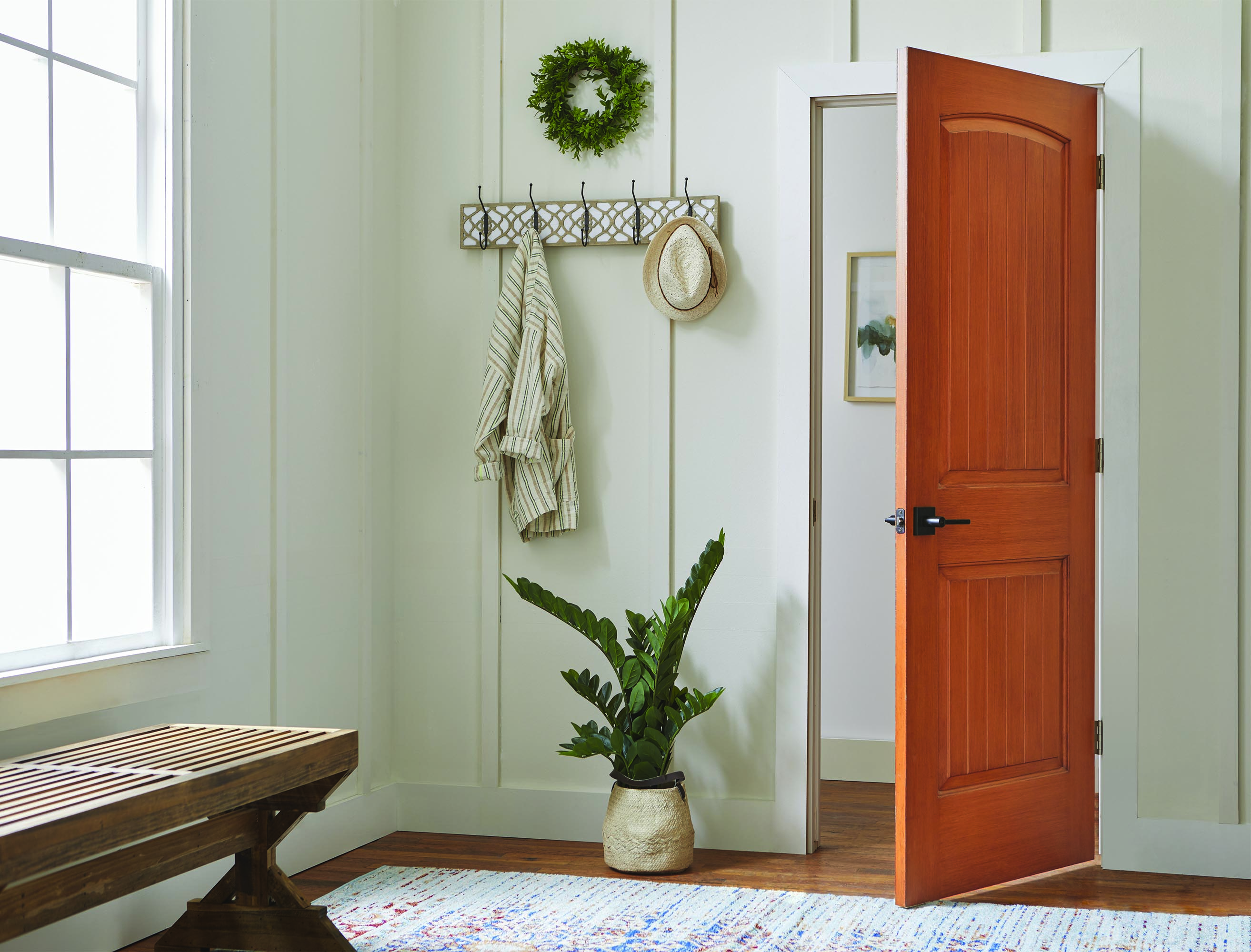
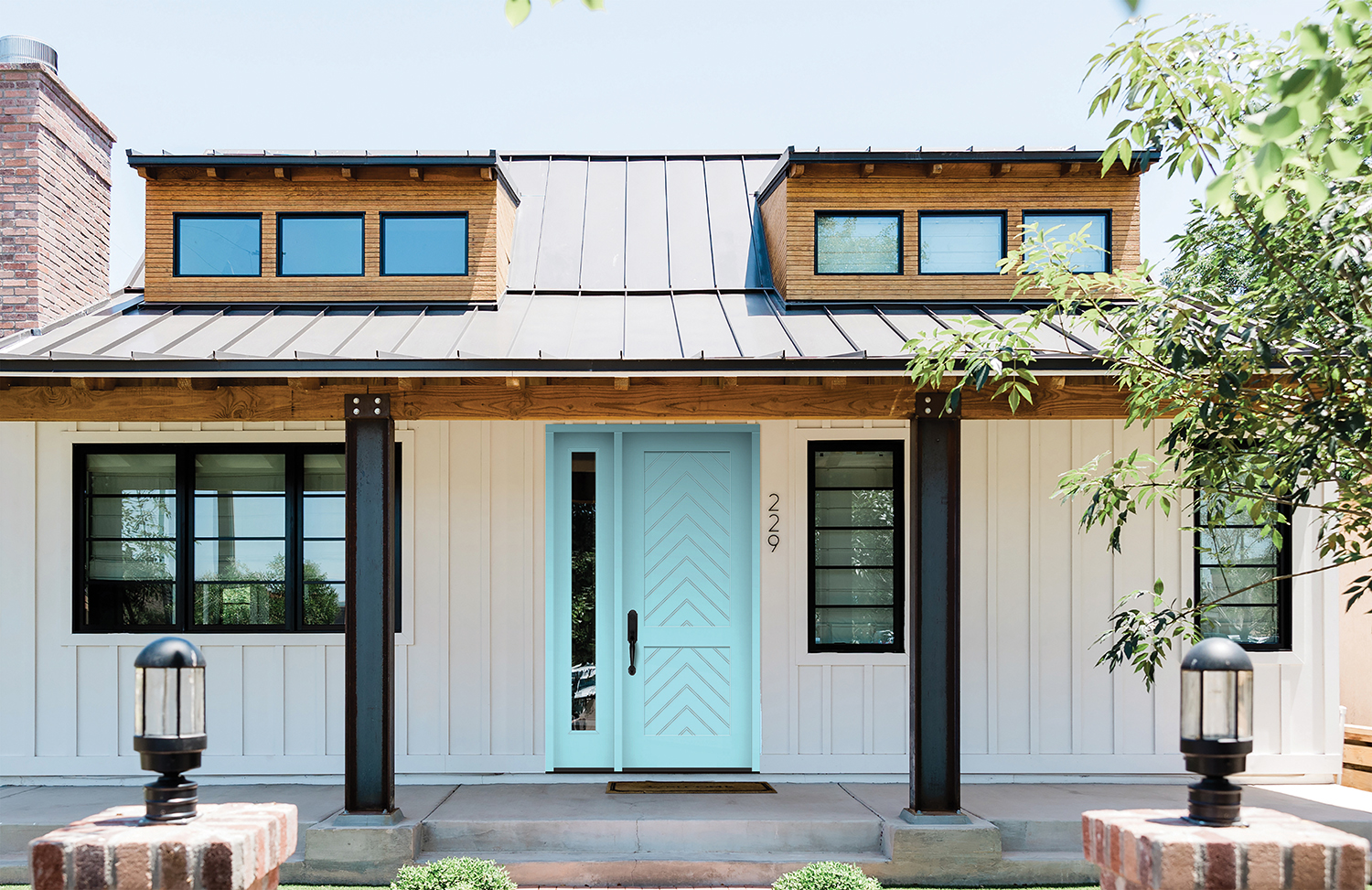
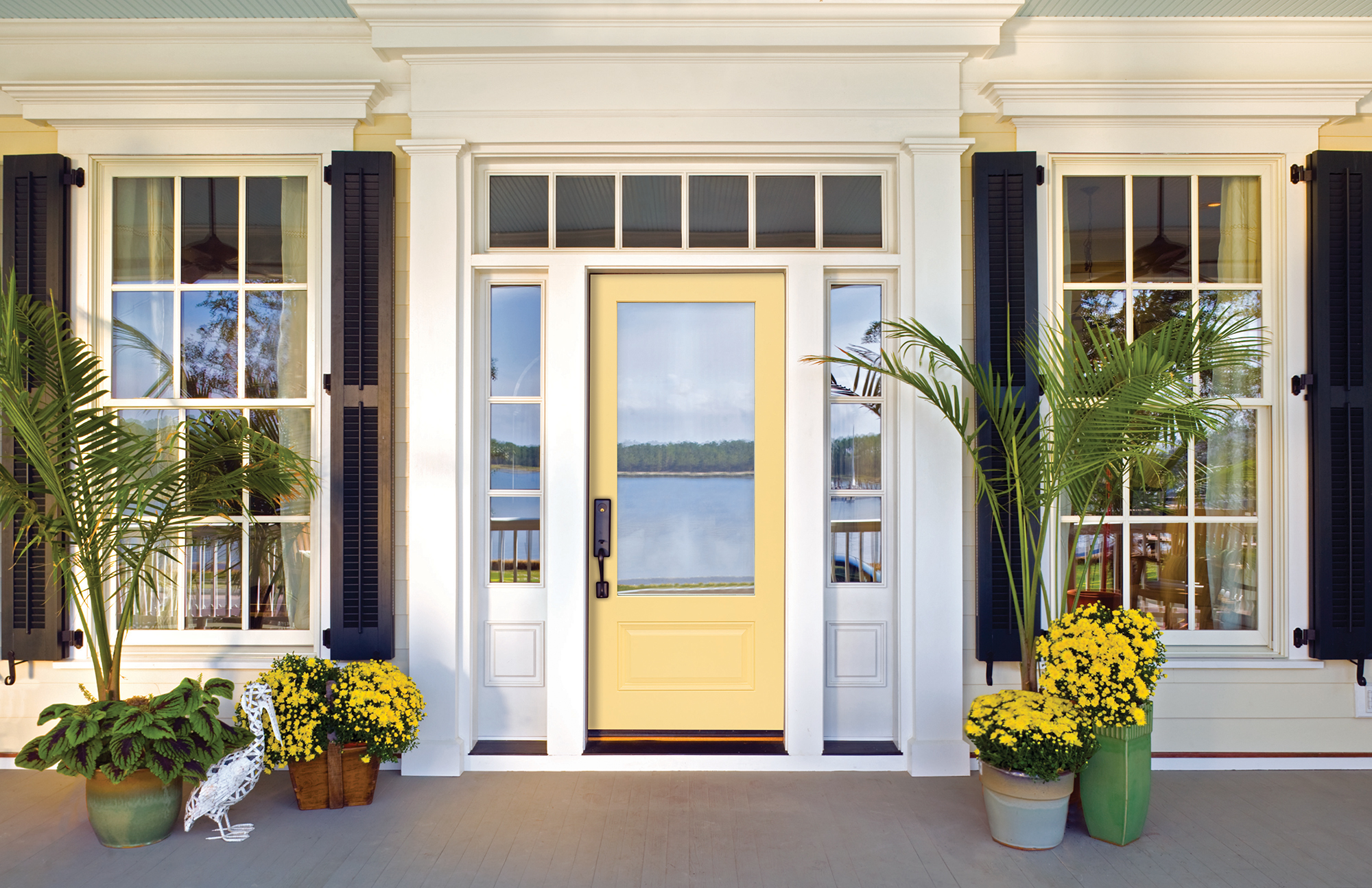
Comments are closed.